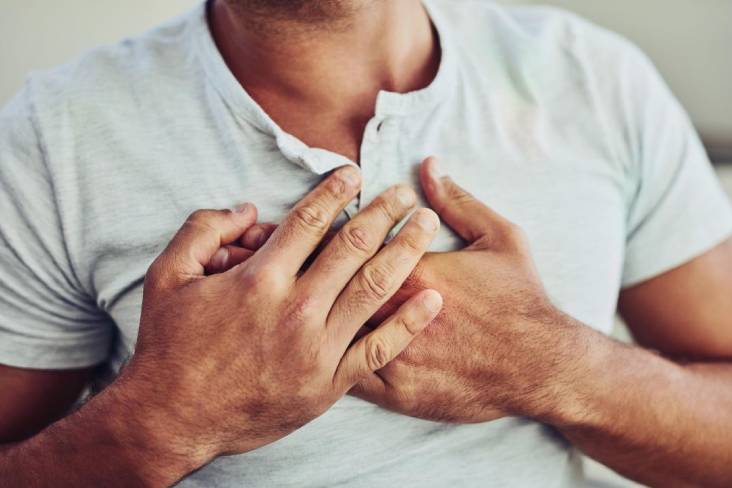Every year, people killed by heart diseases are more compared to all forms of cancer put together. Among the broad spectrum of cardiovascular or heart diseases, coronary heart diseases contribute significantly to the mortality rate. Coronary heart diseases are becoming a common day problem with ever-mounting work pressure, a sedentary lifestyle and the stress contributed to build socio-economic status. It is not uncommon for people to visit a food joint almost every day to treat their taste buds with fried and processed foods. But they seldom realize the consequences.
Coronary heart diseases are caused due to the build-up of plaques in blood vessels and heart resulting in the thickening of blood vessels, making it difficult for the blood to get pumped to various parts of the body. This damage can lead to heart attack, stroke, or even death. Cardiovascular diseases, in general, can also cause stress, weakness, chest pain, and being short of breath disrupting the normal way of life.
There are several other factors leading to coronary heart diseases. Some can be brought under control with medications or lifestyle changes, while some cannot be controlled. Age, ethnicity, heredity, and medical history include uncontrollable risk factors.
Controllable risk factors include:
- Smoking
- High Blood Pressure (Hypertension)
- High LDL (High levels of bad cholesterol) and Low HDL (low levels of good cholesterol)
- Diabetes
- Obesity
- Depression and Anxiety
- Alcohol
Men and women experience heart attacks differently and sometimes, people having a heart attack confuse their symptoms with something less serious. Pain in the chest or upper abdomen, shortness of breath, dizziness, extreme fatigue, breaking into a cold sweat, pressure in the upper back include some of the symptoms of a heart attack.
Present-day technology has increased the awareness of people about cardiovascular diseases. Gone are the days when the time was sought to decide the fate of people suffering from cardiovascular diseases. With present-day technology and advancements in the medical arena, treating such diseases is no challenge. However, it is important to consult a healthcare professional immediately if a person or any of his family members experience potential signs of heart failure.
An interventional cardiologist can come in as a great savior when consulted at the right time. An interventional cardiologist can perform various procedures like angioplasty, valvuloplasty, congenital heart defect correction, percutaneous valve replacement, percutaneous valve repair, and coronary thrombectomy. The main advantage of interventional cardiology is the avoidance of scar and pain along with long post-operative recovery.
Primary angioplasty, an interventional cardiology procedure is now the standard for acute myocardial infarctions. It involves the extraction of the clots from blocked arteries and the deployment of “stents” and balloons through a small hole in a major artery. This has given it a name called “pin-hole” surgery.
Dr. Rahul Sawant, a cardiologist in pune has several feathers added to his cap through his achievements in the field. His unbeatable experience paired with service mentality makes him a sought after doctor in the field of cardiology.
Till date, he has performed close to 5000 primary angioplasty procedures with a success rate of 99%. His low complication rate is due to continuous modification of his technique of primary angioplasty, swiftness of procedure, apt timing of the angioplasty procedure, and performance of procedure under diverse circumstances in various remote cath labs.







